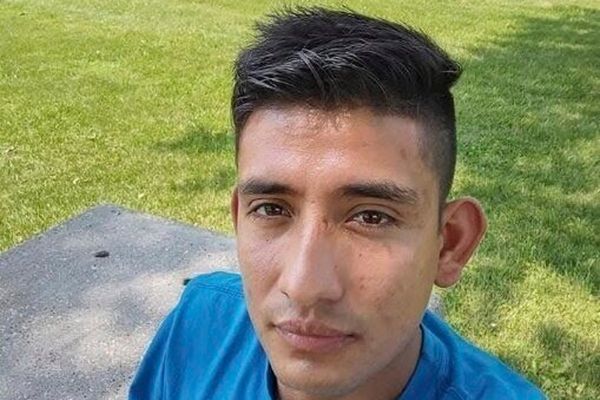Many emotions arise when we gaze upon photographs of an abandoned greenhouse where nature has suddenly rebelled and decided to reclaim the space.
We find ourselves wondering what story lies behind the leaves now covering the rusted stained glass and old metal structures. After a moment of reflection, we remember that the main function of these winter gardens was once to protect our plants from the elements, animals, and other threats. It is ironic to see that, on the contrary, nature felt imprisoned there and sought to break free from its captor, unleashing its unstoppable force. Now, we admire vegetation that has become one with the bars of its cage. Finally liberated, we are presented with a new kind of painting, one from which humans are absent, somewhat like an impressionist canvas.
More info: Instagram | romainveillon.com | x.com | Facebook
#1

What would happen if humanity were to suddenly disappear from the Earth?
That’s the question that comes to mind when faced with these images. Because even in the absence of humans, everything in these photographs reminds us of their presence. Our answers to that question change as our society continues to evolve. Especially in light of the growing number of challenges facing our planet today: pandemics, deforestation, pollution, climate change, armed conflict... Each of us has our own vision of what a world without humans might look like. Personally, I like to imagine my photographs as modern memento mori, reminding us of our fleeting existence on Earth and the urgency of today’s environmental issues. We only have one planet, and we must protect it if we don't want it to end up like these haunting images.
#2

#3

These scenes of nature reclaiming abandoned spaces not only project us into a post-apocalyptic future, but also have the power to represent both our past and a possible future.
They evoke the past, because they depict a heritage that has been neglected and left to gather dust. But they also evoke a future, as they could just as easily represent our world a hundred years from now, regenerated in the absence of human interference. The story of Chernobyl is proof of this: more than 35 years after the nuclear disaster, flora and fauna have returned, creating rich biodiversity where endangered species and organisms can finally thrive, far from human threats. Paradoxically, humanity has proven to be more harmful than a nuclear explosion. We are the heart of the problem.
#4

#5

Perhaps we need to witness these images to become aware of how little time we have left.
More importantly, we must view these remnants of a forgotten time as a warning, an invitation to prioritize the future of our planet by acting now to protect the environment, so that these images do not become a grim and prophetic symbol. Let us use our imagination to think about the future and what we can do to make it better.
Enjoy your journey!
#6

#7

#8

#9

#10

#11

#12

#13

#14

#15

#16

#17

#18

#19








